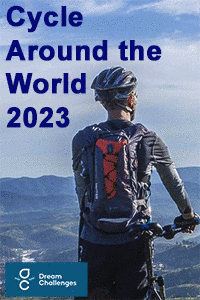Positive Health Online
Your Country

Research: HLUBOCKY and co-authors,
Listed in Issue 147
Abstract
HLUBOCKY and co-authors, Department of Medicine, Section of Hematology/Oncology, MacLean Center for Clinical Medical Ethics, the Cancer Research Center, The University of Chicago, Chicago, IL 60637, USA, have studied the use of CAM therapies among patients with advanced cancer.
Background
The aim of this study was to describe complementary and alternative medicine (CAM) use among phase I trial participants and to describe patients’ decision-making preferences, awareness of prognosis, survival, and quality of life.
Methodology
Advanced cancer patients enrolling onto phase I trials were surveyed regarding CAM use. Decision-making preferences and awareness of prognosis were assessed using validated and/or standardized instruments. The Functional Assessment of Cancer Therapy-General instrument was used to assess quality of life. Univariate and multivariate analyses were performed to detect differences between CAM users and nonusers.
Results
Of 212 interviewed patients, 34% (n = 72) described taking biologically based CAM. Median age of those taking CAM was 55 years, compared with 62 years for nonusers (p < .005). There were no statistically significant differences found between CAM usage and preferences for degree of patient involvement in medical decision making. Those patients who acknowledged that their deaths were likely to occur within 1 year were more likely to admit to prior CAM use (70% v 34%; p = .02). CAM users had poorer overall quality of life compared with nonusers (87.0 v 91.2; p = .007). No differences in survival were identified.
Conclusion
CAM use among phase I cancer trial patients studied was common and associated with age, stated acknowledgment of prognosis, and quality of life.
References
Hlubocky FJ et al. Complementary and alternative medicine among advanced cancer patients enrolled on phase I trials: a study of prognosis, quality of life, and preferences for decision making. Journal of Clinical Oncology 25 (5): 548-554, Feb 10, 2007.



